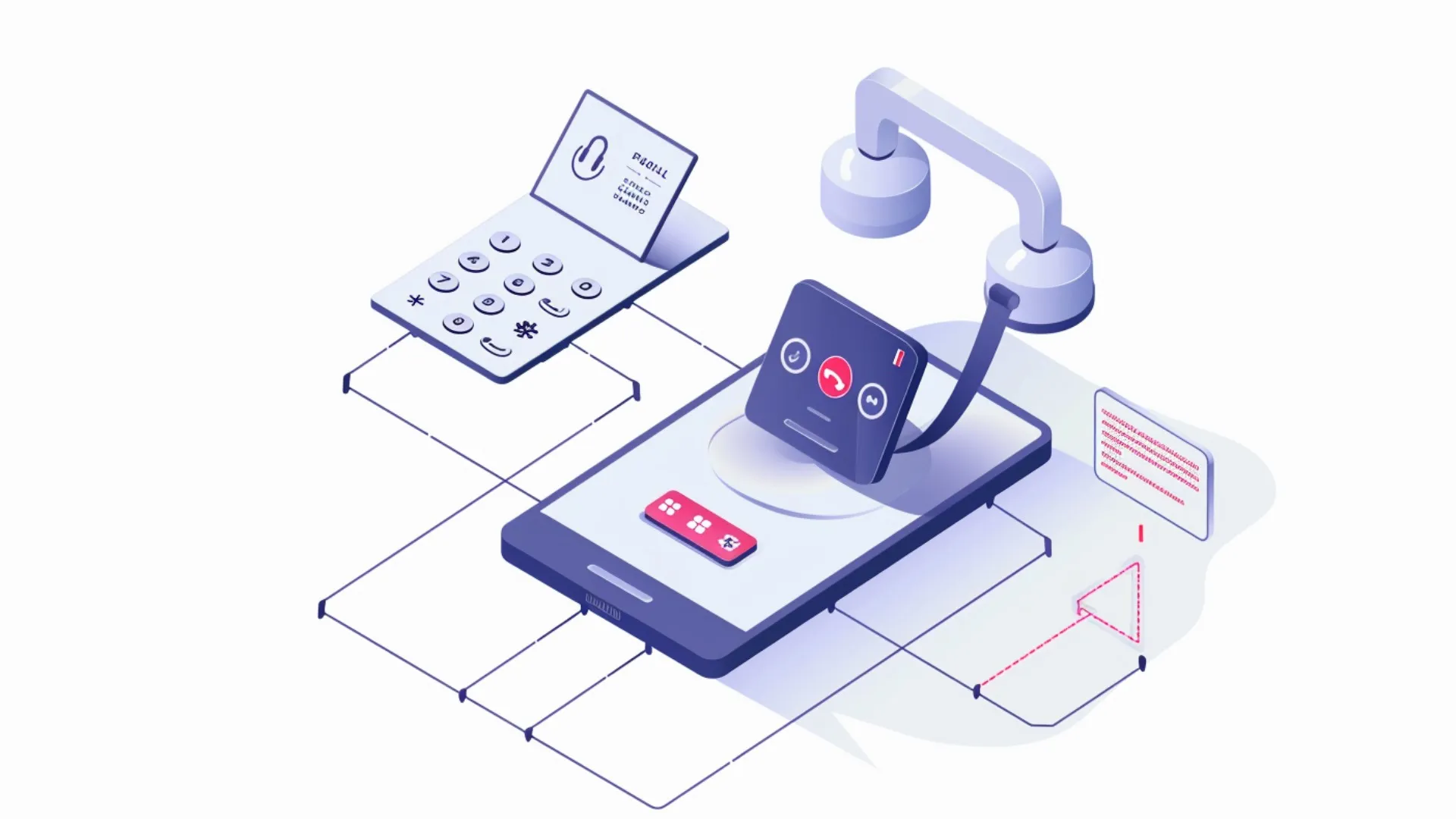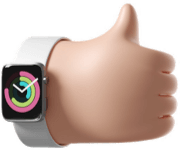With VoIP/IP PBX and Caller ID integration, enjoy features like screen pop-ups, click-to-dial, call history, queues, and multi-branch numbers for seamless commu
IP PBX & Caller ID Integration
In service businesses such as dry cleaning, carpet cleaning, shoe care, tailoring, and car wash, phone calls remain one of the highest-converting channels. When a customer seeks an answer, wants to check order status, or places a new order, quickly routing the call to the right person and instantly displaying the customer record (screen-pop) makes a big difference. With IP PBX & Caller ID integration, the incoming number is matched with the customer profile and open orders, enabling click-to-call callbacks, streamlined call flows (IVR/queues), and centralized reporting.
Key Benefits of Integration
- Instant recognition: If the number matches, the customer card opens automatically; balance, open orders, delivery date, address, and notes are displayed.
- Faster handling: New order creation, address updates, appointment/slot scheduling, and tagging can all be done from a single screen.
- Reduced wait time: IVR and queues direct calls to the right team (cashier, courier planning, branch support, etc.).
- No lost opportunities: Missed calls automatically create tasks and SMS/WhatsApp follow-ups; callbacks are logged.
- Multi-branch control: Branch-based line/number management, centralized reporting, and quality monitoring (call notes, durations).
- Transparent data: All calls are logged with timestamps, response times, call durations, and user IDs.
Architecture: IP PBX, CTI & Application
A typical setup has three layers: the IP PBX/VoIP system (Asterisk-based or cloud PBX), the CTI layer (relaying call events to the application), and the business software (customer/order screens). When a call arrives, the PBX sends the Caller ID via CTI to the system; the number is checked against the customer database and, if matched, the screen pops up. Queue/IVR routing is handled on the PBX side, while the system reports and translates these flows into workflows.
Core Components
- Caller ID matching: International/prefix differences are normalized (+90, 0, spaces, dashes cleaned).
- Screen-pop: Matching record opens; if no match, a quick new customer form is shown.
- Click-to-call: Operators start outbound calls with one click; results are logged automatically.
- IVR/queues: Menus like “Press 1 for order tracking” distribute calls to branch/team queues; first-response times tracked.
- Call logs: All inbound/outbound/missed calls recorded with who called, who answered, duration, notes, and attachments.
Sector Use Cases & Workflows
Dry Cleaning & Tailoring
Incoming calls show order status (in cleaning, ironing, delivery) instantly. Operators quickly confirm delivery dates, extra charges, or repair approvals. For new orders, measurements and special care notes are entered directly from the call screen and linked to courier/delivery slots.
Carpet Cleaning
If pickup is required, the call screen shows saved addresses and previous m2 records. The operator proposes available slots and courier routes; with confirmation, the work order and tags are created. Missed calls trigger an automatic callback task.
Shoe Care & Car Wash
For fast-service calls, operators can instantly share packages (interior/exterior detailing, polishing, coloring) using templates. After the call, an SMS with an offer summary and online payment link (PayTR/iyzico) can be sent; customers finalize appointments seamlessly.
Multi-Branch & Number Management
Each branch may use its own number; IVR menus and queue rules are centrally managed. Branches can set priority lines during campaigns; callback queues reduce wait times during peak hours. Branch performance reports (response rate, first response time, call duration) feed into quality reviews.
Notifications & Automations
- Missed calls: Auto SMS/WhatsApp: “We tried to reach you, please call back via …” + task creation.
- Post-call summary: Call notes, offer links, or order summaries sent to the customer instantly.
- Threshold alerts: If queue wait > X minutes, managers are notified; temporary rules can reroute calls.
Setup Steps (End-to-End)
- PBX infrastructure: Select existing IP PBX (on-prem/cloud), confirm version and licenses.
- Network & security: Configure local IP, NAT/SIP, firewall rules; apply QoS for voice packets.
- Number normalization: Standardize +90/0 prefixes, area codes, and avoid duplicates.
- CTI & event flow: Deliver events (initiated, ringing, answered, ended) to the app; handle error codes.
- Screen-pop design: Decide which fields (account, last order, balance, notes, delivery slots) are shown.
- Permissions: Define who can click-to-call, delete logs, or edit notes; role-based access.
- Testing: Run scenarios for matched/unmatched numbers, queues, missed-call triggers, and peak load.
Reporting & Analytics
Standard reports cover daily/weekly/monthly total calls, response rates, first response times, average durations, queue wait times, missed-call return rates, and branch/user performance. Data can be exported to Excel/CSV for deep analysis; dashboards display KPIs for continuous monitoring.
Data Privacy, GDPR/KVKK & Security
- Data minimization: Only essential call data stored; logs timestamped.
- Role-based access: Managers vs. operators; restrict customer data viewing/export rights.
- Encryption: Use secure protocols (SRTP/TLS) where possible for signaling and media.
- Audit logs: All call record accesses and edits tracked; policy violation alerts supported.
Operational Best Practices
- Simple IVR menus: Keep it short (2–3 options); excessive branching increases drop-offs.
- Hold music & callbacks: Use callback queues and wait-time warnings in peak periods.
- Note templates: Predefined quick notes for operators (delivery date change, service approval, etc.).
- Quality checks: Periodic sample call reviews; improve scripts and training.
Troubleshooting
- Delayed screen-pop: Check network latency or CTI queue backlogs; test with ping/jitter.
- Wrong matches: Validate number masks; ensure prefix cleaning (+90/0, spaces, dashes).
- Call routing errors: Review IVR menus and queue priorities; adjust temporary rules in high traffic.
- Missed callback failures: Enable auto tasks and SMS/WhatsApp rules; monitor daily reports.
FAQs
Does it work with analog lines?
Best experience is with IP PBX; Caller ID is limited on analog, but basic matching is possible.
How are branch lines separated?
Each branch has its own DID; reports are filtered per branch, and mappings are centrally managed.
Is click-to-call licensed?
Depends on PBX type; most IP PBXs support APIs/CTI out-of-the-box.
Is WhatsApp/SMS integration difficult?
Once templates and triggers are defined, automation is seamless; ensure GDPR/KVKK compliance.
Where are call records stored?
Storage is configurable (local/cloud); retention period and access rights are policy-based.

